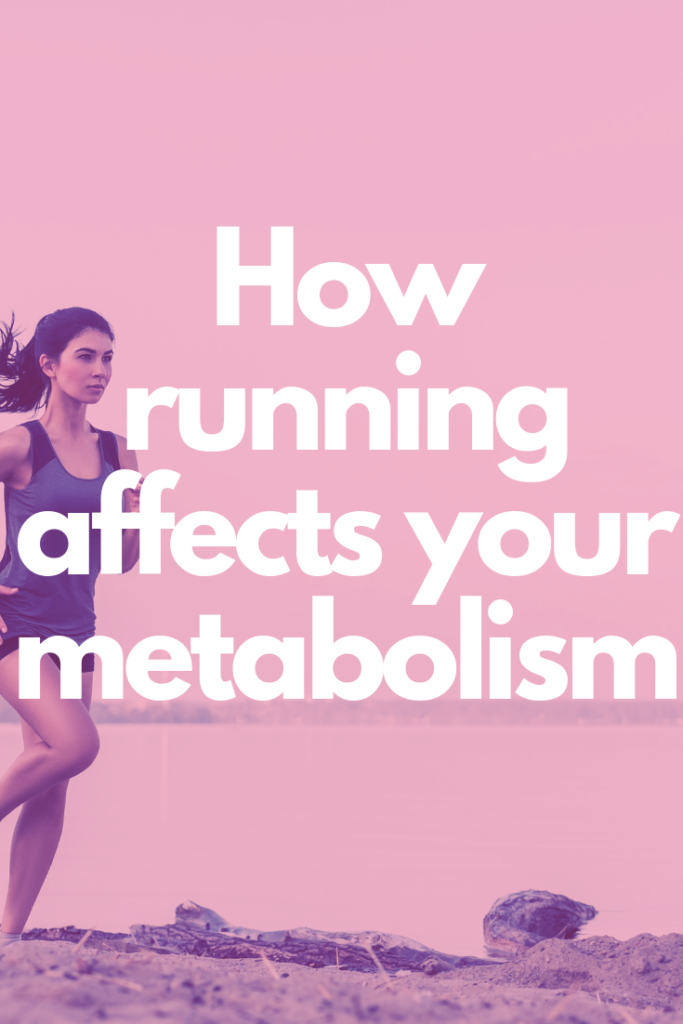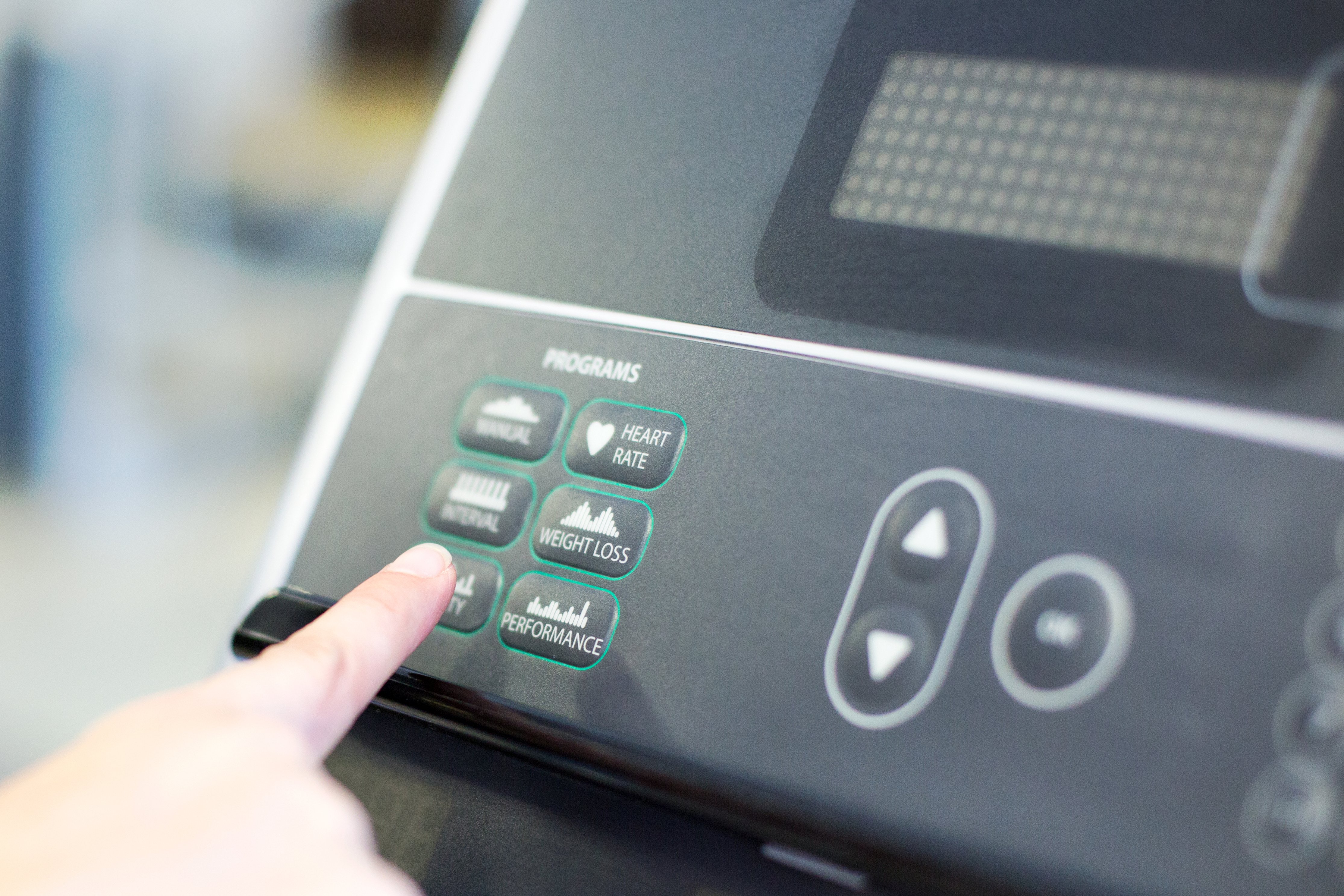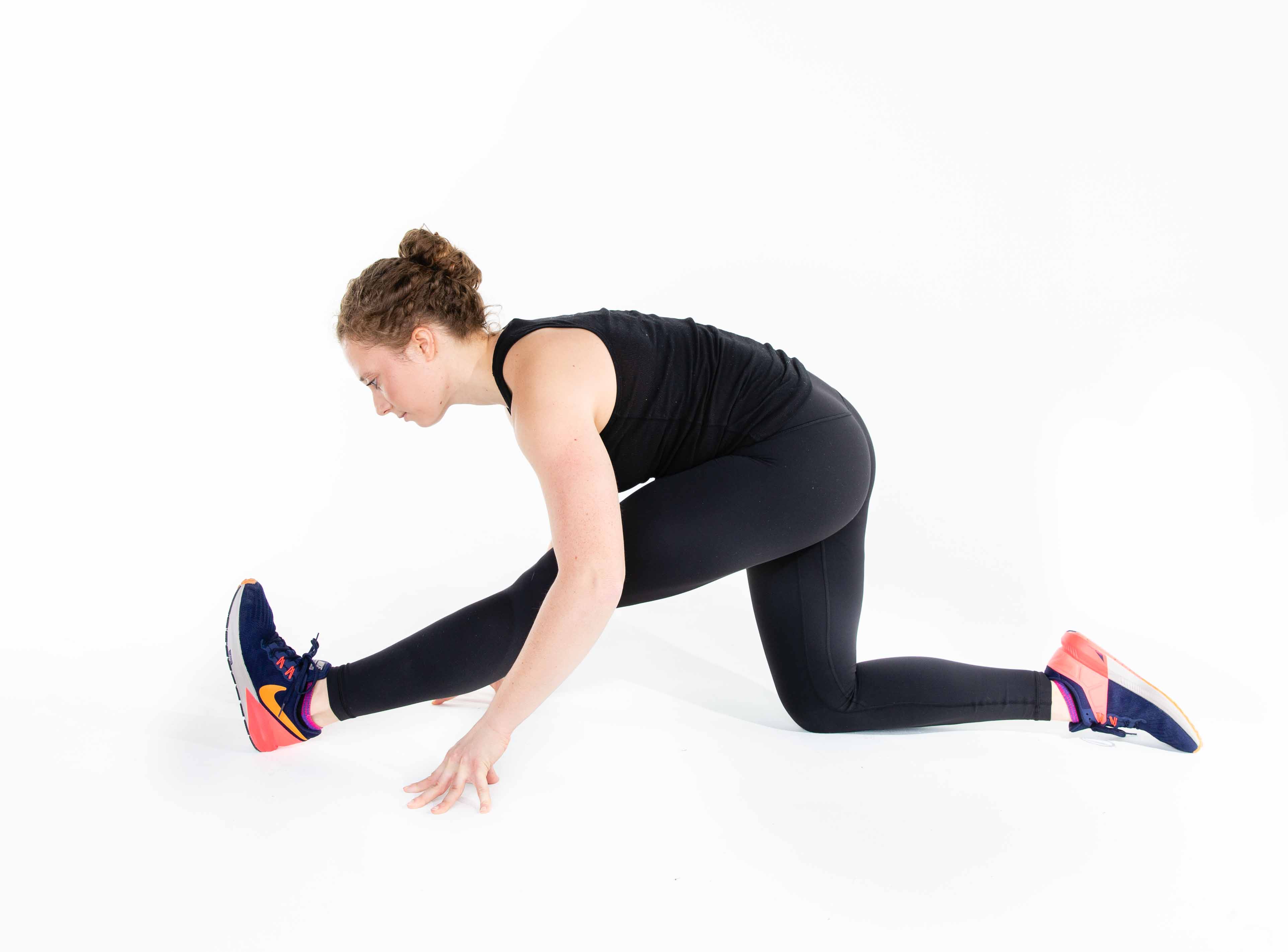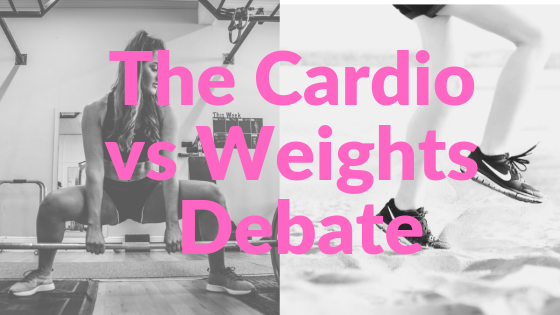Hungry runner. It’s a cliché, yet it’s so true. I’m never hungrier than after a run. When I was training for my first marathon, I struggled to replace the many calories I burned after Sunday long runs (and constantly craved cake).
But does going out for your daily run negatively affect your metabolism? Today’s media focuses so much on how weight-lifting and HIIT help rev up our metabolisms, telling us to eat these foods and not those to increase our daily caloric burn.
What about running?
First, Defining Metabolism
Metabolism simply means how much energy we expend to sustain our bodies. In other words, how many calories it takes to power our bodies on a given day.
The larger our bodies, the higher our metabolism. Bigger bodies need more power to operate.
Larger people who start an exercise regime can lose weight easier than people who just need to lose a couple pounds because their bodies require more food to stay at a maintenance level. If they continue to eat the same amount but add regular exercise, they burn more energy than they consume.
Not all parts of the body have the same metabolic rate. Fat-free mass like muscle, organs, and bones require more metabolic activity than fat.
Muscle, specifically, also burns slightly more calories than fat. The more muscle a person has, the more calories they may burn at a basic resting rate, increasing their metabolism. As I mentioned in this post about cardio vs. weights, that is why weight-training can help you lose weight if you build muscle but keep your caloric intake the same. In addition to the actual weight-lifting workout, the tearing-down and muscle reparation process also burns extra calories.
So, if two people have the same height and weight, but person A has a much greater muscle mass than person B, person A likely has a higher metabolism.
(This is one of the reasons online caloric intake calculators (like macro calculators) aren’t entirely accurate if they aren’t factoring in your body fat percentage.)
It’s not all about body composition, though. Genetics also influence our metabolism. According to Harvard genetics and complex disease professor Dr. Chih-Hao Lee, “People might have fast, slow, or average metabolism, regardless of their body size and composition.”
The “Afterburn”
Exercises that bring your heart above a steady state level – like sprinting or HIIT – can increase fat loss and metabolic burn.
The reason? Pushing yourself for harder, shorter intervals helps longate the “afterburn” effect, or Excess Postexercise Oxygen Consumption (EPOC).
EPOC is the process your body goes through to restore oxygen levels to pre-exercise conditions. Those workouts when you’ve got your hands on your knees, panting like a dog, will probably put you in EPOC for several hours afterward.
Your body’s oxygen recovery process requires your body to use up more calories post-workout. Hence, the “afterburn.”
Classes like Orangetheory Fitness and Barry’s Bootcamp credit the afterburn effect as the reason why you’ll burn close to 1,000 a class. You’re probably not burning that much in the one hour, but the intensity of the workout spikes your metabolism for hours afterward.
How Steady State Running Affects Metabolism
The trouble people often get into with running and weight loss is stagnation.
You run and run but the weight loss that once came easy has totally stopped.
What’s happening? Most likely, your body has adjusted to your steady state runs. Your regular runs have started to require less energy (because, good news, you’ve gotten fitter! Yay!) but you’re eating the same amount of calories.
You also may have lost some weight, meaning your daily calorie intake needs are lower.
Another problem people have with running is eating too much. Especially when training for a marathon, you finish your double-digit runs, feel famished, and overeat.(And isn’t sometimes the joy of running knowing you can have a delicious meal or treat after?)
However, running itself does not damage your metabolism. It may lower your metabolism because you lose mass, but this doesn’t mean your metabolism is “damaged.”
Like all exercise, diversity is a good thing. Going at the same intensity for the same time duration every day will eventually stagnate weight loss, fitness or endurance progress.
If you mix up your training days, running can help you burn a lot of calories, improve cardiovascular fitness, and muscular strength. By mixing up, I mean varying the intensity and duration of your workouts.
This doesn’t mean going hard every day. Your easy cardio allows your body to recover from the hard session it did the day before, promoting recovery and increasing endurance. Especially if you’re training for a race, endurance and recovery are incredibly important.
So, how can you mix up your workouts? Enter: tempo runs & sprint interval training.
How Tempo Runs Affect Metabolism
Tempo runs are runs where you hold a pace just above aerobic level for a longer period. Think of them as the middle ground between an easy run and the really fast speed you’d run at in an interval workout.
To give you another example: many half-marathon or marathon training plans will have you do tempo runs at you race pace, but you’ll cover a shorter distance. They get your body prepared for race pace.
Some people in the community refer to tempo runs as threshold runs.
Because you hold the pace for a long time at level that taxes your body’s oxygen process, you betcha that tempo runs spice up your metabolism nicely.
In a 2011 study, a group of 10 men cycled for 45 minutes at 75% of their V02max (which is comparable to a tempo run pace). Over the fourteen hours after the workout, they burned 37% more calories than they did on a normal day.
I’ll be the first one to admit, tempo runs are hard. They also take a certain level of fitness to even attempt.
If you’re a regular runner, throwing in a weekly tempo run will spike up your metabolism for hours afterward.
If you dislike them or are not a regular runner, the interval training I discuss next might be a better option for you.
How Interval Running Affects Metabolism
Unlike steady state running, fast-paced interval running works your entire body, from your heart to your legs, to even your core and arms.
By interval running, I’m talking about running at a fast pace for only a few minutes at a time, with various rest breaks in-between.
Remember being a kid and sprinting down the street or across the playground? Well, think of interval running as the adult version of that 😝.
Interval running also spikes your metabolism via the afterburn effect. Because they are intense anaerobic workouts, your body will need to recover for hours afterward to make up for the oxygen you weren’t receiving during the workout.
I personally do interval run workouts on the treadmill (in addition to strength training) 2 to 3 times a week following my Faster Leaner Stronger Program (coming out soon!). Try a free workout here!
Do I Need to Lift Weights?
Whether you’re looking to lose weight or improve your performance, you should be strength training on top of your running to maximize results.
You don’t have to be in the gym six times a week if that’s not your jam. Dedicating 20 to 30 minutes two to three times a week is enough to improve your mobility, build muscular endurance, and prevent injury.
Some runners are afraid of the weight room because they don’t want to put on weight. But honestly, it’s pretty hard to get bulky weight training – especially when consistently running and following a proper diet. Plus, you don’t have to lift heavy; just using light to medium weights will make a big difference.
Even the best distance runners in the world hit the weight room. Olympic steeplechase runner Emma Coburn told Fitness Magazine, “Implementing an all-around full-body strength, balance, and dynamic movement workout is a great foundation for any athlete,” she says. “No matter the sport or ability level, every person needs to have that foundation to stay healthy and increase their performance.”
Weight training is your friend!
In Conclusion
The metabolic effects I just covered relate to not just running, but to many forms of cardio, like cycling, rowing, swimming, or walking. You can implement tempo and interval training into any of these activities.
Intensity matters for calorie burn (and afterburn). Caloric intake compared to caloric burn matters for weight loss.
But I’m here to tell you if you were worried, running doesn’t “ruin” your metabolism! Running improves your cardiovascular health, burns fat (depending on intensity level) and has major mental health benefits.
So, if you love it, run on!






